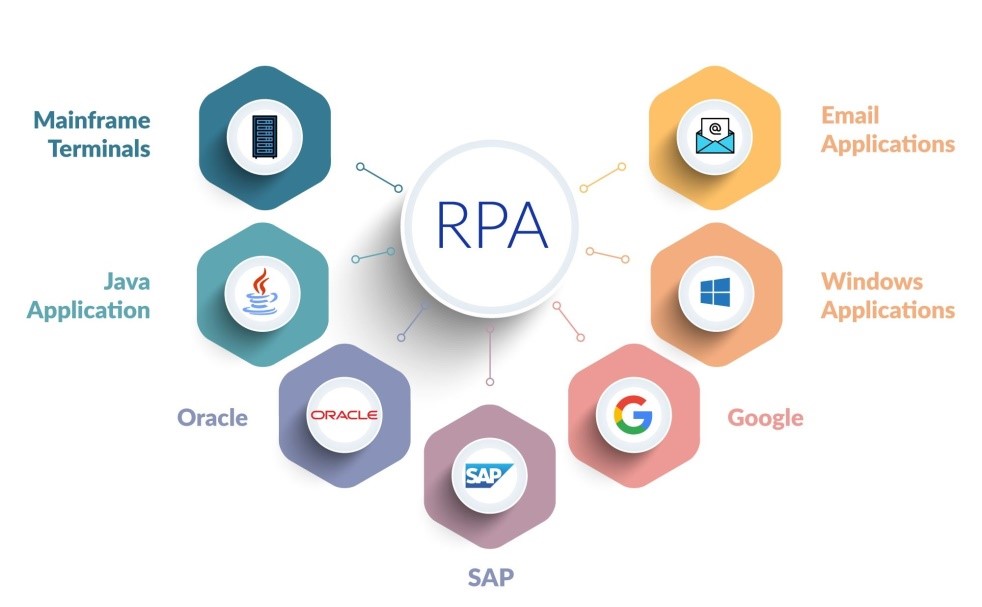
Enterprises are turning to automation for connecting with suppliers and vendors, increasing efficiency, and improving customer engagement. Bots and digital workers have replaced humans for performing mundane and repetitive tasks. RPA tools complement the firm’s legacy systems rather than replacing them – ensuring scalability and seamless innovation. Thus, Robotic Process Automation (RPA) as a Service can significantly drive processes and connect systems and applications to users working from different locations and remote terminals to complete their tasks efficiently. NYGCI (Robotic Process Automation Solution Providers) offers UiPath, Automation Anywhere, and Blue Prism capabilities as custom offerings for clients’ specific automation goals.
Native Automation
The idea behind most of the native automations in RPA is to optimize existing resources towards performing mundane tasks with platform-agnostic advantages. The bots are designed to run on the existing platforms with the help of RPA capabilities that are designed for ‘all-purpose’ automation. This also stems from the flexibility and adaptability from the outset. It also helps break data silos and helps improve overall process efficiency with a liaison of the native RPA engine with the enterprises’ existing prowess and potential. Specific expertise in native-cloud automation for clients has strengthened NYGCI as a key player in this offering. The Automation Anywhere platform is one of our key strengths – and being script-based – adds to the prospects of Native Automation.
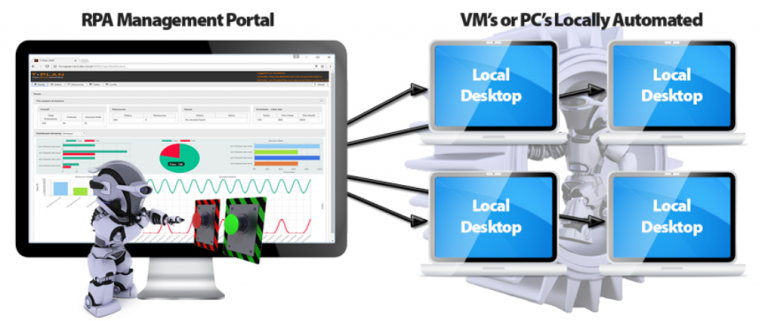
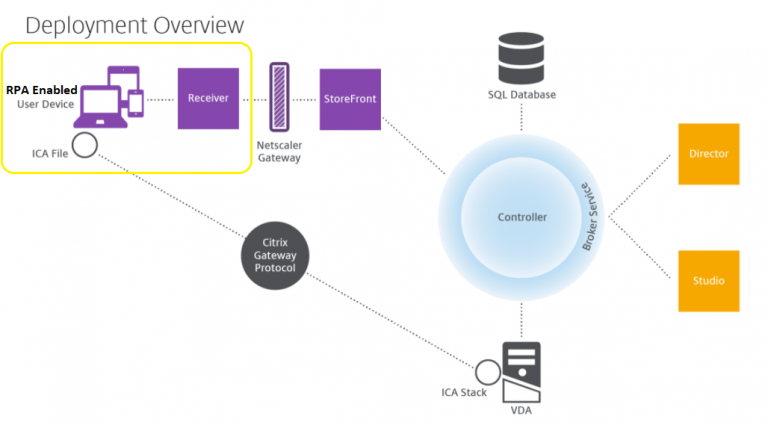
Citrix XenApp
With the Citrix environment giving 20 times more speed, the RPA implementation is about 20 times faster than a typical blind robot. Such an environment offers contextual intelligence, compared to blind robots that typically run with configured searches. For instance, UiPath RPA bots in the Citrix XenApp environment can leverage extensive benefits from computer vision capabilities in real-time – and can have an ‘eye’ on all processes and tasks carried out in parallel.
Citrix XenApp also liaises with the overall ERP systems run by the business in perspective. The RPA tool can visualize the UI element and perform actions with well-scripted mouse-driven events in a virtual Citrix environment. Moreover, it allows users to scale the centrally hosted applications, with XenDesktop to increase security and cut IT costs. Now RPA can jump between typical desktop and Citrix environments, intelligently working across the presentation layer.
Remote Desktop
RPA for users working from home can connect to a remote desktop for executing their tasks. Particularly in situations such as the Pandemic, RP-driven capabilities offer authenticated logins on machines with different architectures – be it the Macintosh, Windows, or Linux. NYGCI has built the CoE around RPA tools and services offering Remote Desktop with value-addition to drive business agility and workforce productivity – thereby saving on hefty costs and long man-hours.
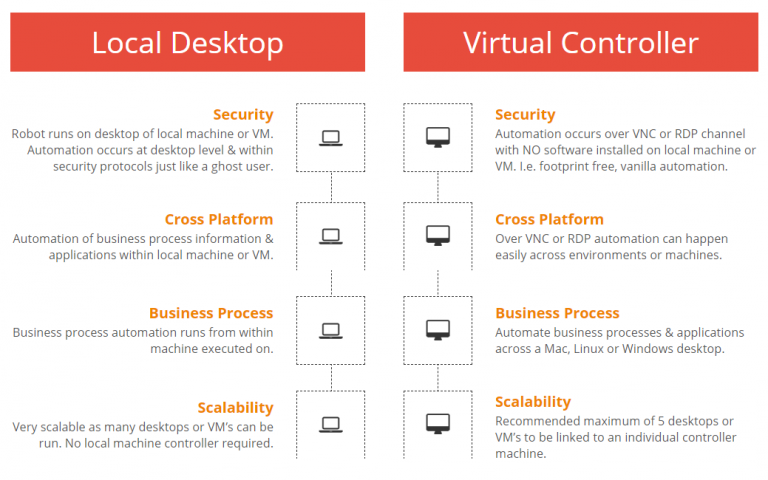
Persistent VDIs
When employees report from the same workstations, Persistent Virtual Desktop Automation can serve as the key RPA advantage. They would ‘customize’ their desktops and maintain their performance in the most desired manner and saves files/folders to the same path or location frequently, with overall enterprise-level security. Enterprises are now focusing on more targeted automations for driving their mission-critical business processes by breaking them into fragments. Such RPA-based systems are vital for BPO operations that require complex IVRS capabilities, as the bots are trained to perform duties with immense cognitive sense.
Non-persistent VDIs:
RPA tools with specific user settings and customized profiles allow users to save changes and retain their workflows with the help of stateless VDI. Service users working on 24/7 operations make smart use of such tools to sustain a consistent user-driven environment for greater agility across the critical business processes. This can also enable technical developers and multiple RPA components to run smoothly as in a typical Sandbox environment. These are not deeply infused with AI, also enabling users to incorporate or customize settings from a conventional desktop.
Web-based Automation
RPA tools working with web applications can minimize technology dependencies and mitigate risk. The businesses can leverage web-based automation for carrying out mundane and repetitive tasks. These might cover testing applications across devices, thereby automating tasks associated with offering the richest user experience. In mission-critical scenarios with real-time functional requirements, web-based RPA automation plays a key role in extracting data – such as copying CRM contacts from a third-party sales directory. Automation with browser-level actions is driven by intrinsic blocks of code representing the logic and flow control.
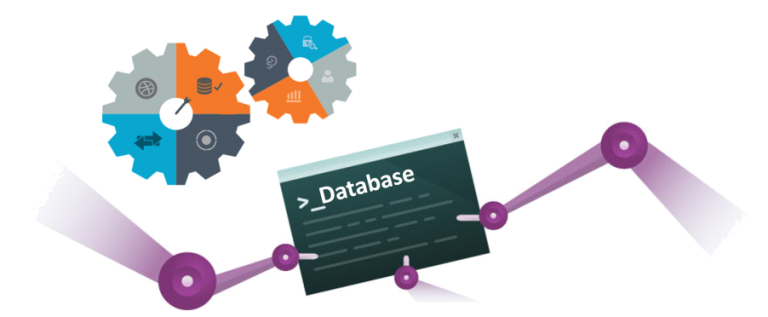
Database Automation
RPA tools, the application-level automation requires the mapping of RPA at the database and trigger-level for proper and synchronized workflow automation. Automation expertise with Blue Prism and Automation Anywhere – along with the option of UiPath RPA capabilities – at NYGCI has helped several enterprises achieve the desired business agility with the handling of database-driven new-age automation needs.
CLI (Command Line Interface)
The Command Line Interface is used to input bots on a series of activities or well-defined tasks. It allows rapid automation with a series of inputs stacked together in the form of a batch file (.bat) – that leverage system utilities and underlying RPA components required to complete an action exclusively with the help of bots. The Interface is also capable of interacting with packages of RPA tools to perform and complete tasks at the Operating System level. The batch-processing makes automation and innovation happen at an intrinsic pace that makes clients and customers realize their potential with wither Blue Prism or UiPath tools.
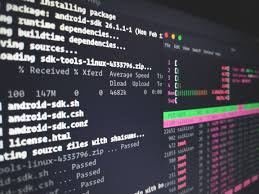
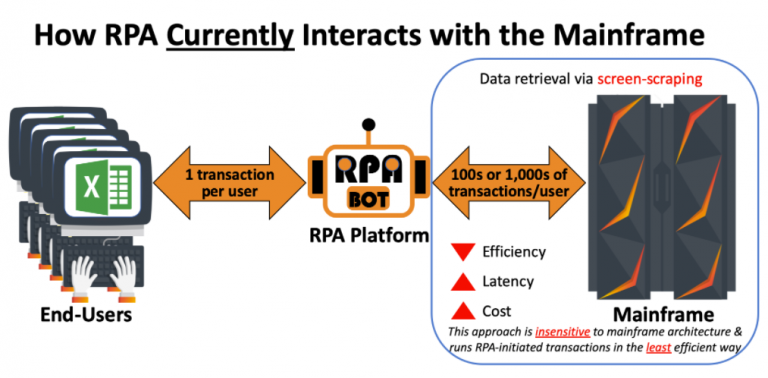
Mainframe Application Automation
With new mainframe applications, the process automation happens with the help of emulators. NYGCI expertise can enable interaction with mainframe terminals for automated learning and completion of the tasks, rather than relying solely on the emulators. This increases efficiency of output and improves the scope of mainframe automation. For instance, advanced protocols replace conventional methods to invoke a real-time uninterrupted session on the mainframe terminal. This implies tasks such as data processing can continue by virtue of internal memory, even without active role of human or robot. Mainframe automation is reportedly used across critical banking applications with specific 24/7 requirements.
- Accuracy
- Low Technical Barrier
- Compliance
- Non-Invasive Technology
- Improved Employee Morale
- Productivity
- Reliability
- Consistency